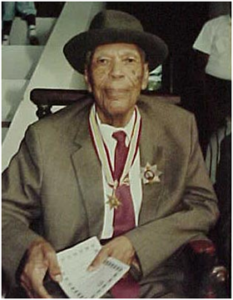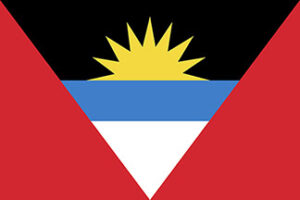
November 1, 2021, Antigua & Barbuda celebrated 40 years of independence! This twin island nation has a rich history and deeply rooted cultural heritage. Since its original ‘discovery’ by European explorers, Antigua & Barbuda and its Arawak population has experienced periods of colonization before eventually realizing independence.
The early inhabitants of Antigua were Indigenous Peoples who settled in the Caribbean and introduced agriculture to the island. Original Spanish settlers initially overlooked Antigua and Barbuda due to the lack of freshwater and the understandable hostility of the locals who first called the island home. The first European to visit was Christopher Columbus who ‘discovered’ the island of Antigua in 1493. He named it after the Church of Santa Maria de la Antigua in Spain. Despite Columbus’ discovery in the 1400s, it wasn’t until 1632 that the island experienced full European colonization.
Tobacco was the original major product cultivated but it soon transitioned to sugar as it was found to be more profitable. Sir Christopher Codrington established the first sugar estate in 1674. This sparked a period of enslavement or what is sometimes referred to as the ‘Africanization’ of the Caribbean because sugar was built on the labour of enslaved people and was also synonymous with Africa.
Unlike several other Caribbean colonies during this time, ownership didn’t pass between countries, but the island remained under British control. It is believed this was specifically because Antigua was the primary dockyard used in the Caribbean by the British Navy, making the island a necessary asset. In 1784, Horatio Nelson was sent to Antigua to monitor and enforce British laws in the colonies. When the dockyard was restored in the 1950s it was named Nelson’s Dockyard in his honour. Today it is the only working Georgian harbour in the world.
When the clock struck midnight on Saturday, October 31, 1981 the Union Jack was lowered from the flagpole at the St. John’s Recreation Ground in Antigua. On Sunday, November 1, 1981 the flag of the new nation of Antigua and Barbuda was raised for the first time.
When Antigua and Barbuda became an independent nation, it meant the end to over 350 years of British rule. The country’s affairs were officially the responsibility of the newly elected Prime Minister, Sir Vere Cornwall Bird Sr and the locally elected Cabinet. With its newfound independence, Antigua and Barbuda became the 157th member of the United Nations and the newest member of the Commonwealth. The country joined the Organization of Caribbean States in 1981.

Annually, Independence Day in Antigua and Barbuda is a celebration of colourful parades, food fairs, cultural exhibits, and many other festive events. This year, for those who love artistic expression, a mural was unveiled at the Antigua Recreation Ground, the island’s national stadium. Caribbean music lovers participated in the “This is Pan” competition at the Dean William Lake Cultural Centre. Many activities were held starting on October 22nd culminating in the Independence Day celebrations today.
On the 40th anniversary of Antigua & Barbuda’s Independence, Antiguans reflect on the challenges and hardships they have faced throughout the islands’ history. It is the perfect time to look back on its rich heritage and celebrate what it is today.


